1. Partner Visa (Subclass 820 and 801)
- Temporary Partner Visa (Subclass 820): This visa allows you to live in Australia while your permanent visa is being processed. You must be in a genuine relationship with your partner, an Australian citizen, permanent resident, or eligible New Zealand citizen.
- Permanent Partner Visa (Subclass 801): After holding the temporary visa for a specified period (usually two years), you can apply for this permanent visa. You must demonstrate the ongoing nature of your relationship.
1. Dependent Child Visa (Subclass 445)
This visa allows dependent children of a partner visa applicant to live in Australia while their parent’s partner visa is processed. Children must be under 18 years old; in some cases, you can include older children dependent on you.
2. Family Stream Visa
In addition to partner visas, Australia offers other family stream visas that allow you to bring eligible family members, including:
- Child Visa (Subclass 101): : For children of Australian citizens or permanent residents.
- Orphan Relative Visa (Subclass 117): This visa is for orphaned children whose parents cannot care for them.
Bringing your family to Australia involves a detailed application process. Here are the essential steps:
- Gather Documentation: Prepare necessary documents such as proof of your relationship (e.g., photos, joint bank statements), identification, and any required medical or police checks.
- Complete the Application: Ensure all forms and the required documentation are completed accurately and submitted.
- Pay the Fees: Visa application fees vary depending on the type of visa you are applying for. Check the current fees on the Department of Home Affairs website.
- Wait for Processing: Processing times can vary depending on the visa type and individual circumstances. You should regularly check the status of your application online.
Bringing your partner and dependent family to Australia is a significant step in your migration journey. Understanding the various visa options and the application process is essential for a smooth transition. Following the steps outlined in this blog, you can work towards reuniting with your loved ones in Australia, paving the way for a new chapter in your lives together. If you need personalised assistance, consider consulting a registered migration agent to navigate the complexities of the application process.
















